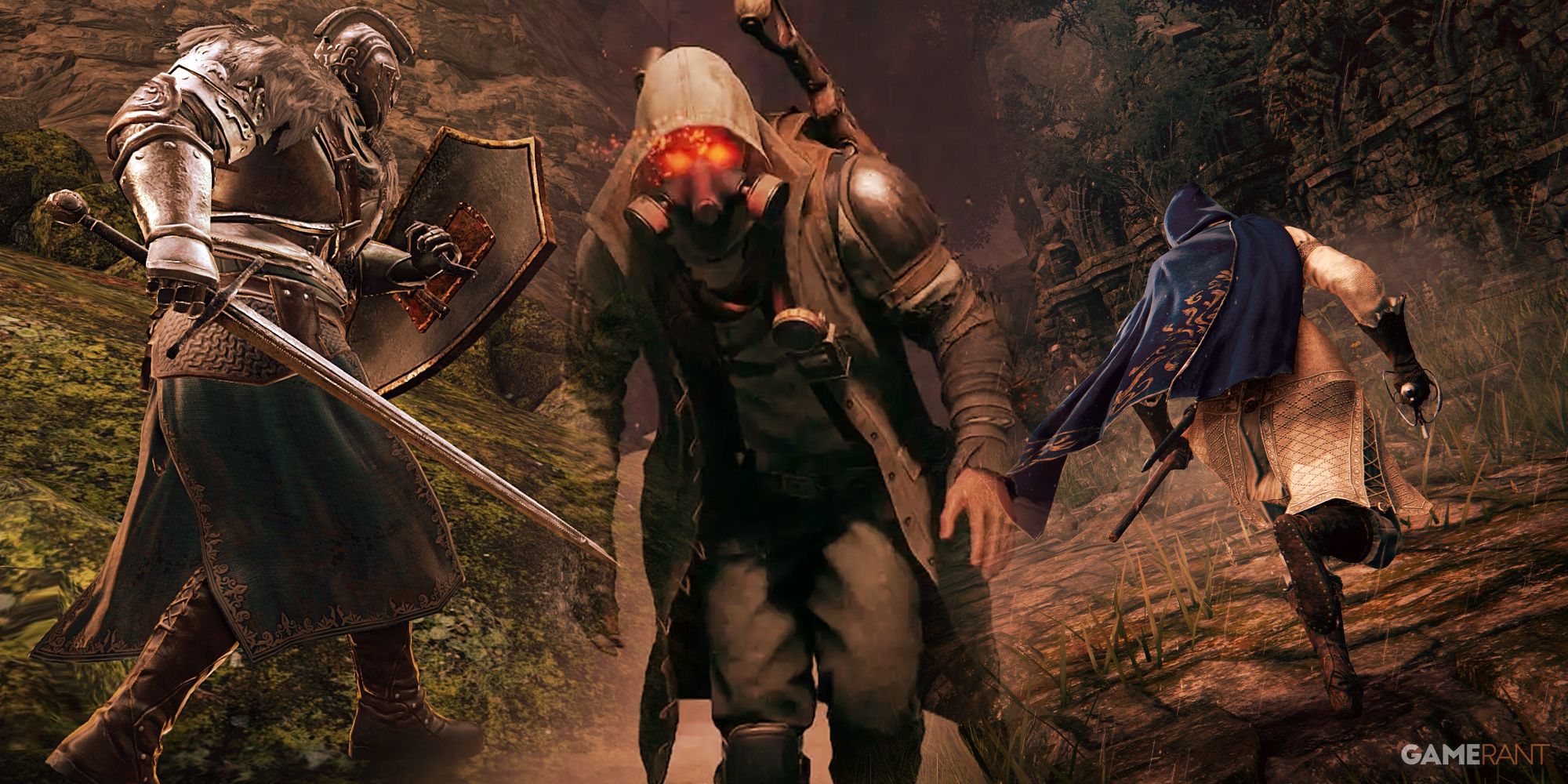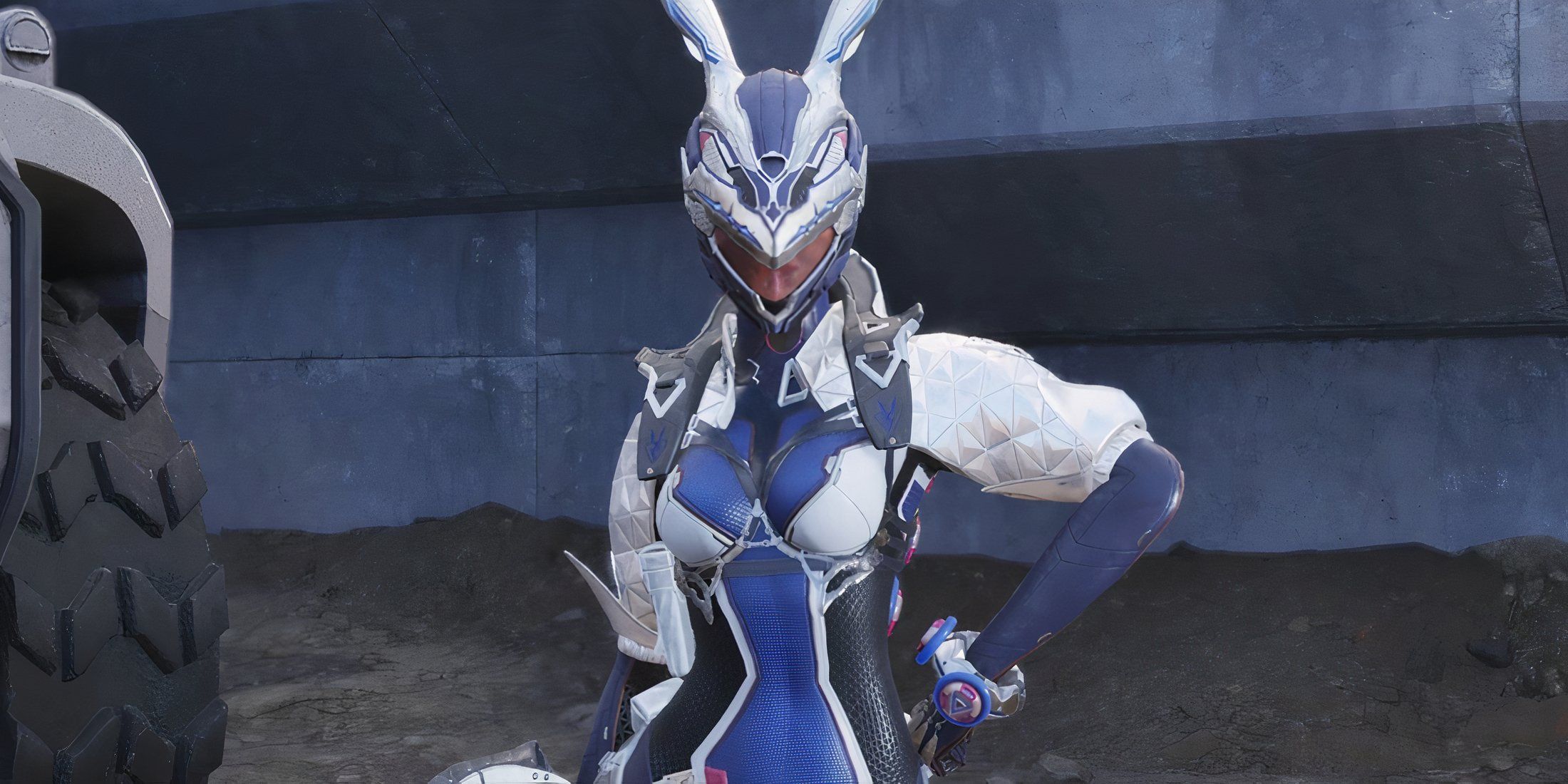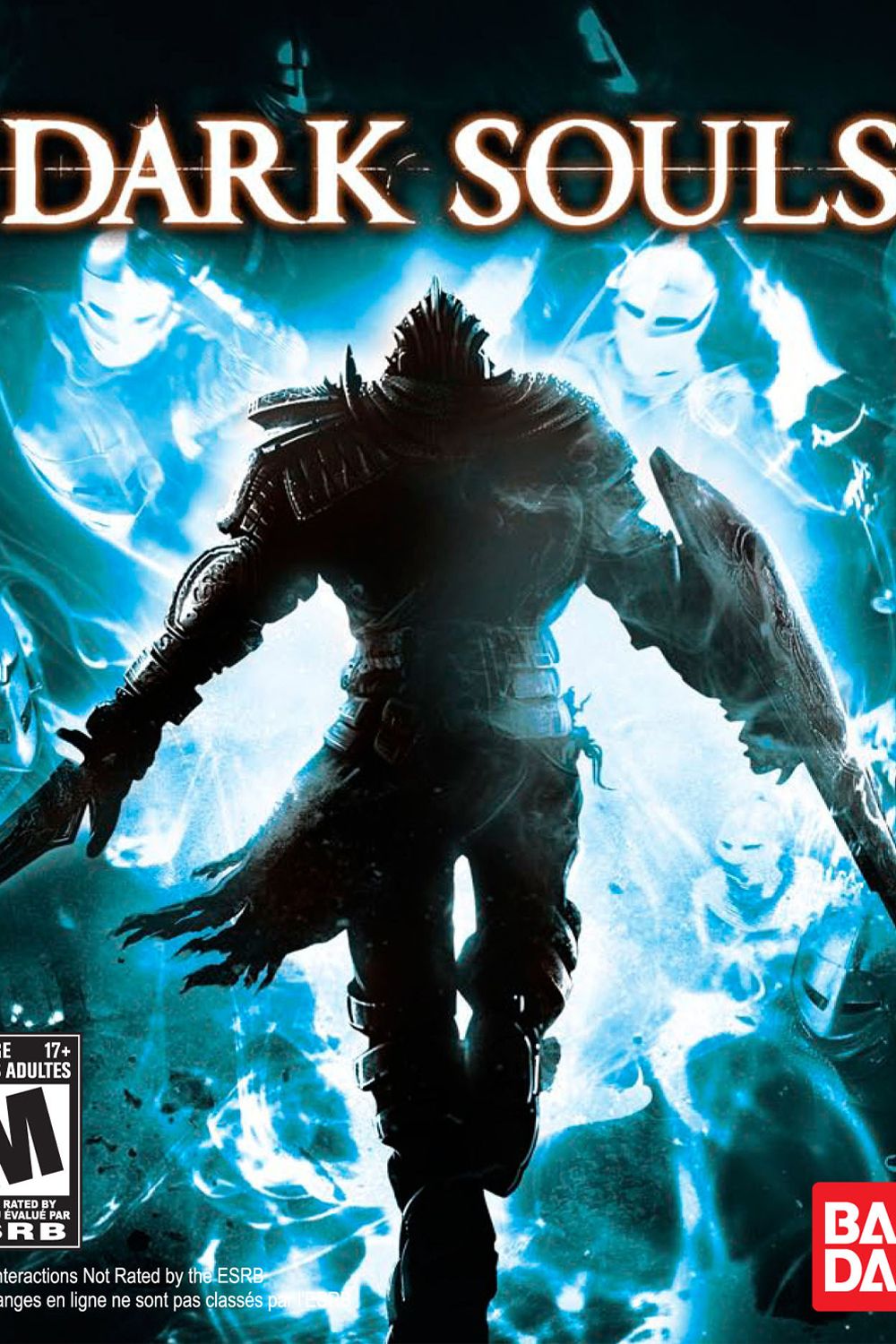Highlights
- Observing enemy movements before engaging is crucial in Soulslike games, allowing players to learn their range and counter effectively.
- Choosing a weapon type and mastering its movements is important in combat, as different weapons dictate play style.
- Defensive maneuvers like parrying and dodging are essential in Soulslikes, with timing and situational awareness being key.
What began and earned its namesake with the release of Dark Souls (and, to a lesser extent, Demon's Souls before it) is now a full-blown subgenre of action-RPGs that continues to grow and diversify with each new entry. Thanks to the punishing-yet-fair reputation rightfully held by Dark Souls and its sequels and spiritual successors, the Soulslike subgenre is synonymous with great challenge, leading many to steer clear of any game claiming to be a Soulslike for fear of its greatest challenges or running up against a skill check. However, like with most gaming genres, knowing the less-explicit ins and outs of gameplay can give players a significant leg up.
Since the Soulslike genre is now much more widely represented across gaming than just by the titles from originator FromSoftware, there's no true "one size fits all" approach to gameplay, but rather a set of guiding principles that can help newcomers become acclimated to the genre. Instead of brute-forcing one's way through a game's obstacles, Soulslikes require methodical precision and a careful approach to advancement while also expecting players to learn their various systems to have any hope of success. These are some of the less-obvious factors to consider when starting to break into the Soulslike genre.
Unwritten Rules of the Soulslike Subgenre
Observe Every Enemy Movement Before Engaging Them in Combat
One of the less obvious aspects of Soulslike games is arguably one of the most important things for players to get a grip on in order to truly enjoy all the genre has to offer. Instead of rushing into combat with a new enemy type, hanging back and observing their movements can provide players with a significant advantage as they learn the range and area of different moves the enemy has and can predict when to effectively counter or move in for a strike of their own. For years, action games have conditioned players to rush in with guns blazing, but most Soulslikes will actively punish players for attempting this kind of strategy.
The same rings true for bosses, whose often complex and varied move sets will shift further halfway through the fight into a more aggressive second phase intended to keep players on their toes. Challenge and frequent player death as a result of that challenge are common threads throughout the Soulslike subgenre, but each death should be a learning moment. It incentivizes observing the enemy and learning their patterns rather than attempting the same unsuccessful methods time and again.
Best Game to Teach Players: Dark Souls Remastered
Why: The original Dark Souls has an excellent tutorial boss in the Asylum Demon, as well as some great enemies in the initial hours that telegraph their attacks well enough so that, by the time players get to more challenging foes, they're already acclimated to being observant and metered in their approach.
Pick a Weapon Type and Learn Each Movement
Soulslikes do a great job of giving players several different options when it comes to how they approach each encounter, including a typically wide variety of armaments to choose from that will ultimately dictate each character's play style. In addition to observing how the enemies move, equipping a new weapon (especially a starting weapon) requires a period of field-testing before it's ready for use. Figuring out the speed and range of the various light and heavy attacks as well as any special moves or weapon arts in some Soulslike games is of paramount importance, and getting a sense of the general flow of combat can be a massive boon for players new to the genre.
Best Game to Teach Players: Nioh 2
Why: Both Nioh and Nioh 2 feature a substantial amount of available gear for players to choose from compared to other Soulslikes, but at their core, these games are each focused on combat. Not only does Nioh 2 feature a great limited set of weapon types that allow players to pick one and attempt to master, there are several different combat stances to experiment with and switch between, depending on encounter type.
Master Defensive Maneuvers Like Parrying and Dodging (and Parrying Again)
Players can't expect to play Soulslikes similar to how they might engage with other action-RPGs. Instead of spamming attack buttons until enemies are defeated, combat encounters are more of a dance in which player and enemy trade blows, with victory going to the last one standing. Methodical combat and leaning heavily on defensive maneuvers is the rule of law, and perhaps most important is learning the timing for parrying enemy attacks. Dodging can only get players so far, and some Soulslikes (such as Lies of P) even discourage players from leaning on such moves in favor of getting them to master a parry mechanic.
Best Game to Teach Players: Star Wars Jedi: Fallen Order
Why: While one could make a case for Sekiro being the ultimate "trial-by-fire" for learning and mastering parrying, the Star Wars Jedi games offer a much smoother difficulty ramp for players to learn the situational awareness that helps distinguish when to parry and when to dodge roll. All-in-all, both Fallen Order and Survivor are excellent starter Soulslikes.
Experiment with Different Builds, but Don't Spend Leveling Currency Recklessly
Players earn a limited amount of leveling currency in Soulslikes and large amounts can be lost in the blink of an eye thanks to one fateful encounter or misplaced step. Leveling up the player character is important, as is experimenting with different builds and weapon loadouts, but leveling without purpose is a recipe for disaster. Find a weapon that works, research builds based around that weapon, and level with an end-goal in mind.
Best Game to Teach Players: Elden Ring
Why: The sheer amount of flexibility in Elden Ring's approach to character builds, as well as the ability to mostly painlessly respec, makes it a perfect game for players to pick a build and stick with it for a while before trying an alternative.





